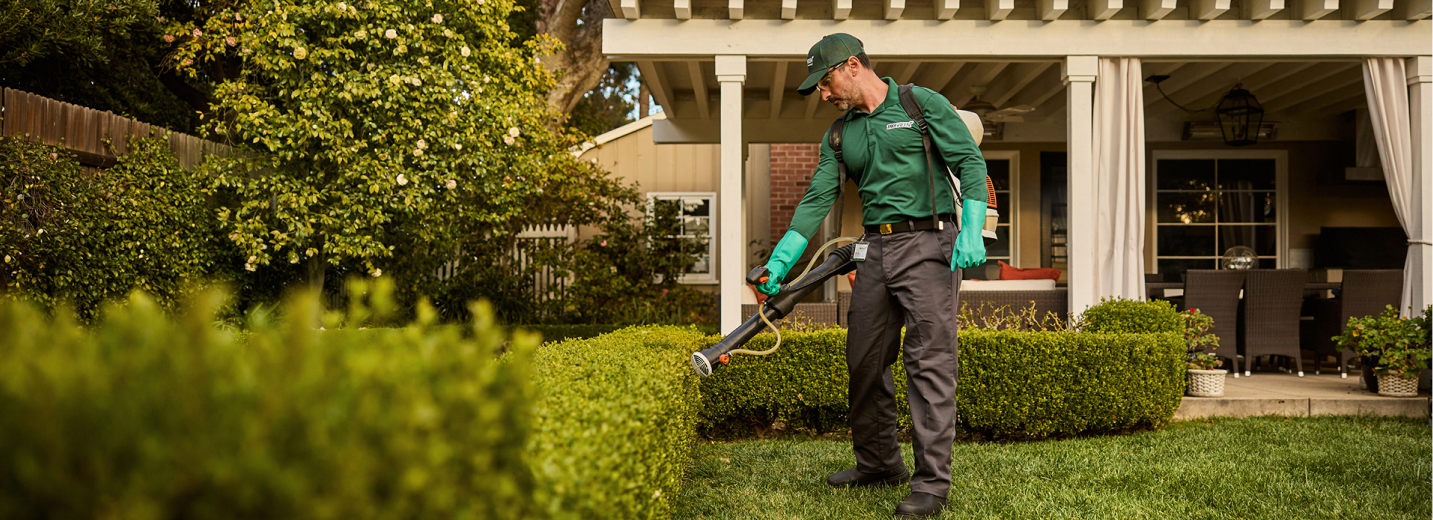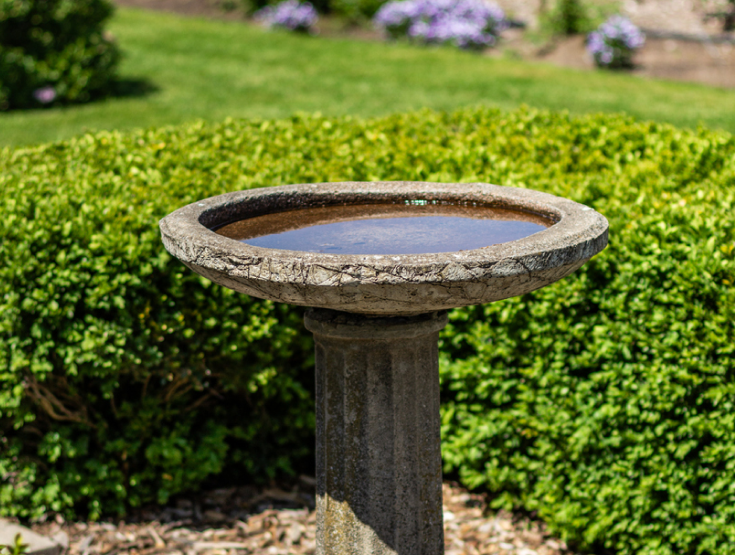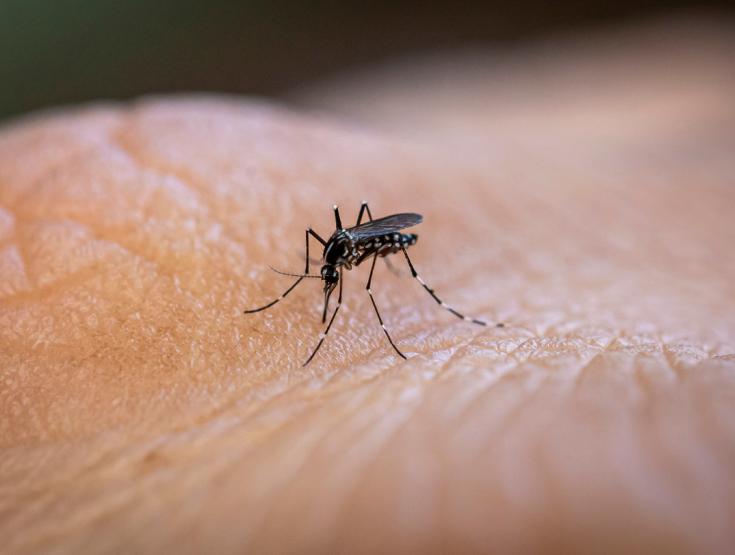Once you understand what attracts mosquitoes and when they’re most active, you can start taking action. Here’s a comprehensive checklist for controlling mosquitoes and reducing their numbers around your home:
Quick Checklist:
- Remove standing water
- Trim tall grass and overgrown shrubs
- Plant mosquito-repelling plants
- Use mosquito traps or magnets
- Apply mosquito sprays and dunks
- Hire professional mosquito control services
Let’s break down each method:
1. Eliminate Standing Water
The most critical step in preventing mosquitoes is removing their breeding grounds. Regularly empty and scrub:
- Bird baths
- Pet water bowls
- Potted plant saucers
- Clogged gutters
- Kiddie pools and toys
If you have water features like ponds, consider adding a mosquito dunk — an Environmental Protection Agency-approved treatment that targets mosquito larvae without harming beneficial insects.
2. Maintain Your Lawn
Mosquitoes rest in tall grass and under thick vegetation during the day. To repel mosquitoes, keep your lawn neat:
- Mow regularly
- Trim back shrubs and hedges
- Remove yard debris and clutter
- Keep the perimeter of your home clear of overgrown plants
3. Try Natural Mosquito Repellents
Certain plants can help repel mosquitoes naturally thanks to their strong scents, which can overwhelm a mosquito’s senses. Some of the most effective mosquito-repelling plants include:
- Citronella
- Lavender
- Marigold
- Basil
- Lemongrass
Planting these near patios, doorways and seating areas may help reduce mosquito presence. However, it’s important to note that while plants like thyme, peppermint, rosemary, verbena and geraniums are also known to deter mosquitoes, their effectiveness depends on quantity. Despite common beliefs, you would need to grow large amounts — much more than what fits in the average garden — for these plants to truly make a noticeable difference on their own. For best results, use natural plant repellents as a complementary strategy alongside other mosquito control
4. Use Mosquito Traps or Magnets
Mosquito traps and mosquito magnets work by emitting carbon dioxide and other attractants to lure mosquitoes, trapping or killing them in the process. While not a complete solution, they can help reduce the overall mosquito population in your yard.
5. Apply Mosquito Sprays and Dunks
When used responsibly, EPA-registered insect repellents and mosquito sprays for your lawn can be very effective. Look for yard sprays that are approved for humans, pets and pollinators. For standing water sources, use mosquito dunks to prevent larvae from developing into adult mosquitoes.
If DIY treatments aren’t cutting it, a professional mosquito treatment can offer stronger and longer-lasting results.
6. Hire the Pros at TruGreen
TruGreen offers proven mosquito control services that target adult mosquitoes and mosquito breeding areas. With the TruGreen Mosquito Defense Plan, a specialist inspects your property, treats high-risk areas and helps prevent future infestations using EPA-registered products.










 Back to all blogs
Back to all blogs

Facebook
X
Youtube
Copy Link
Email